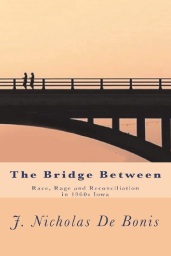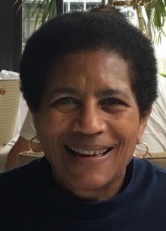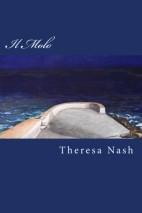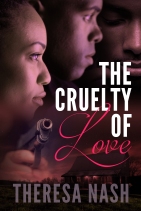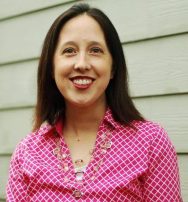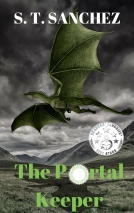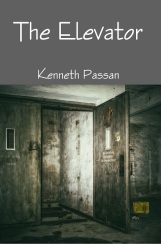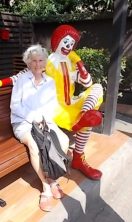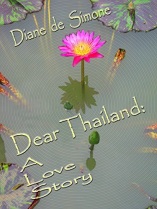Hello. Today is a very, very special interview for me. Alison has been a friend of mine since college…and that was quite a while ago! She has published her first children’s book, “My Name is Kayla” and it is absolutely delightful. Even more so for me, because I know the Kayla in question. So let’s get started with the interview.
TN: Alison, thank you for agreeing to the interview. Tell us a little about yourself and your career.
AW: I was born and raised in Chicago. I attended Chicago Public Schools – graduating from Harlan High School. BA from Carleton College. I was in the Information Technology field my entire career. First at IBM (17 years) and I retired from PepsiCo in 2017.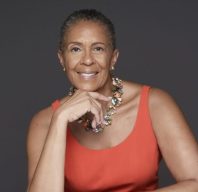
TN: Why do you write, and what subjects or genre inspire you?
AW: I write children’s picture books. That makes me really dependent on finding an illustrator that sees my vision. I write so that African American children can see themselves in the stories. My voice for the books is always from the child’s perspective.
TN: You’ve started your own publishing company called Mirror Image Books. What was your inspiration to start Mirror Image and to concentrate on children’s books for African American children?
AW: My inspiration was my oldest granddaughter – Kayla. She has come to visit me every summer since she was 1 year old. When she was about 3 years old I went to my local bookstore looking for a series with an African American little girl as the lead character. Although I could find individual books with African American little girls as the lead – I didn’t find a series. I thought that I could do that and so I wrote several books. But work kept me from doing anything.
I decided to create Mirror Image Books for several reasons:
- I wanted to publish multiple books with different characters and I wanted other authors that share my passion to get their books in print.
- I wasn’t having any luck finding an agent.
- I wanted to select the illustrator myself and traditional publishers pick the illustrator. It was important to me that the illustrator be a person of color.
TN: What challenges did you overcome in setting up Mirror Image Books and how long did it take?
AW: Well, I didn’t really have any challenges setting up. I had to come up with the name – but I thought of Mirror Image almost immediately. Then it was just the paperwork to file with state and federal government to get going.
TN: Did you consider self-publishing rather than starting your own publishing company?
AW: I did. But I started with the vision of bringing other authors on board so I wanted to be set up for that.
TN: Describe your writing style, (e.g. narrative, lots of dialog, first-person, lots of illustrations etc.)
AW: Well – children’s picture books is my focus – so lots of illustrations! Usually first person as the lead character tells the stories.
TN: What was your biggest challenge when writing your first book?
AW: Kayla has provided me with so many stories. My biggest challenge was deciding on which one to write first! I have several written and plan to release one every 15-18 months. It takes the illustrator a lot longer to create the artwork!
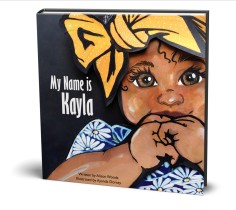 TN: What inspired you to write your first book, “My Name is Kayla?”
TN: What inspired you to write your first book, “My Name is Kayla?”
AW: Kayla 🙂
TN: The bane of writers: Did you use a copy editor, beta reader and/or proofreader for “My Name is Kayla” and did you find his/her comments useful?
AW: Yes. I used an editor for the book, for the jacket, for the website. Same editor for all. She made the copy for the website and the book jacket so much better with minor tweaks she suggested. The book’s language was so simple that she felt it was fine.
TN: Marketing is the hardest part of a writer’s life. I think other authors would be interested in knowing your marketing strategy for “My Name is Kayla?”
AW: I’m still working on my strategy. I spent so much time getting the physical book designed that I am just now pulling that together. I’ll come back with a follow-up on what I do. What I have done is scheduled several book signings hosted by me or my friends:
-
- Irving, Texas (Book Release) at my home on December 7, 2019
- Los Angeles, California (Book Signing) – friend’s home, January 18, 2020
- Dallas, Texas, AKA Sorority, Inc Founder’s Day (Vendor Booth), Sheraton Dallas, January 25, 2020
- Chicago, Illinois (Book Signing) – friend’s home, March 7, 2020
- Detroit, Michigan (author and illustrator signing) – TBD
- Philadelphia, Pennsylvania (author and illustrator signing) – May, 2020
Working on stepping up my Instagram game.
TN: How did you come up with the cover design and the illustrations?
AW: I asked three illustrators to do a cover for me. I paid each of them and then selected the one that I like the best. She did all of the illustrations.
TN: Have you written any other books? If so, which one is your favorite?
AW: Yes – but they haven’t been published yet!
TN: Do you plan on writing another Kayla book?
AW: Yes! The next one that will come out in the spring of 2021 is “On Sundays We Go to Church.” The third one will be out in the fall of 2022 – “What Do You Want for Christmas?”
TN: Do you have any other authors in mind for future books to be published by Mirror Image Books?
AW: Not yet – but I’m looking!
TN: I notice your book is not in Amazon. Do you plan to eventually use other selling channels?
AW: Definitely. Working on Amazon now.
Thank you again Alison. I’m so glad you could share with us, and so glad that your writing skills are being used to promote self-awareness among African American children.
To my readers, you can purchase the book here: mirrorimagebooks.com/shop
Mirror Image Books Website, where you can find more information about the author, the book, future books, and you can see the real Kayla: mirrorimagebooks.com


